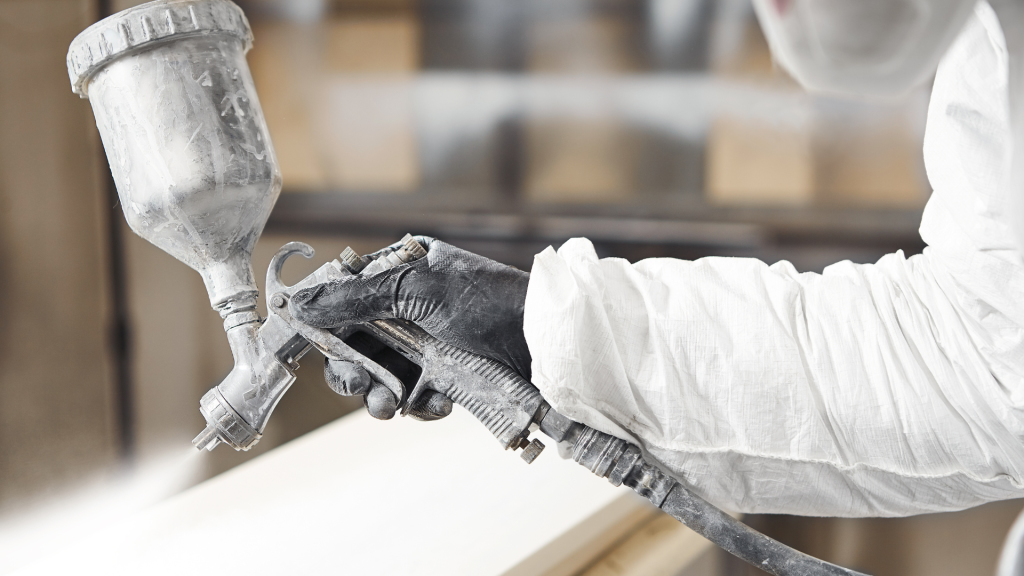Tips on Applying Water-Based Wood Coatings

When transitioning from solvent-based to water-based wood coatings, one of the main challenges encountered is grain raising. This article provides processing details to minimize this issue and tips from industry-leading experts.
Firstly, to ensure optimal painting conditions, it’s important that both the paint and the substrate (the surface to be painted) are at a similar temperature. This temperature should ideally be between 18°C and 20°C. This range helps to ensure proper adhesion, drying, and overall finish quality. If either the paint or the substrate is outside of this temperature range, it could result in poor application and compromised results.
Secondly, good airflow is essential when drying water-based paints because it increases the evaporation rate, speeds up the drying process, and ensures consistent drying across the surface, reducing the risk of patchy or uneven finishes. Adequate ventilation prevents humidity build-up, which can slow down drying, and helps avoid defects such as blistering, cracking, or peeling by promoting uniform drying.
Finally, correct sanding procedures are crucial. When sanding water-based products, you need to be careful when sanding the first coat of primer. The initial application of the water-based primer will raise the grain. During the first round of sanding, ensure that it is very gentle so the tops of the raised fibres aren’t reopened, otherwise the next coat will just raise the grain further. Once the second coat of primer has been applied, you can sand it like you would a polyurethane (PU) coating, as the raised fibres will be fully sealed and won’t be remoistened by the topcoat.
By following these tips, you can achieve a smooth, professional finish with water-based wood coatings while minimizing common issues such as grain raising.
Looking to learn more about waterbased applications, email us on sales@redwood-uk.com or give us a call on 02392233310.
